Art School Trip To Vienna
City of art and high culture, of the Habsburgs and Art Nouveau, Vienna is home to some of the best museums and galleries in Europe. From classical to contemporary there is a rich legacy of work in Vienna’s many museums.
Highlights
The Klimt collection at the Belvedere
The styles of the Imperial Monarchs at Schonbrunn Palace
Modern art at Mumok
Eclectic styles on an Ugly Architecture walking tour
King Edward VI High SchoolThe smooth running of the trip demonstrated excellent organisation.
Suggested itinerary
What's included
*NB Excursions and entrance fees are not included in typical price.
Recommended excursions
Built in the early 18th century as a summer residence for Prince Eugene of Savoy this baroque palace complex consists of the Upper and Lower Belvedere, the Orangery, and the Palace Stables. The Belvedere houses the greatest collection of Austrian Art from the Middle Ages to contemporary work. The upper Belvedere has the world’s largest collection of the Viennese artist Gustav Klimt’s works including ‘The Kiss’ (Lovers).
This white art nouveau exhibition Hall with its gilded cupola was built in 1897 by Joseph Maria Olbrich for a group of anti-establishment contemporary Viennese artist including Gustav Klimt. The building houses the Beethoven Frieze created by Klimt for XIVth exhibition of the Association of Visual Artists Vienna Secession. There are international modern and experimental art exhibitions.
Take a walking tour to discover which old and modern buildings in Vienna are considered ugly! Only through ugliness can true beauty be discovered- the two have an interesting relationship in Vienna. Some buildings can be considered both beautiful and ugly. Beauty can be boring – but ugly never is. An interesting perspective on architecture in Vienna.
This is an artistic space designed by artist and architect Friedensreich Hundertwasser in 1990-91 in an old tyre factory. The museum displays his works including paintings, graphics, tapestries and architectural designs and his experimentation with grass roofs and planted trees. The museum is close to the iconic Hundertwasser Haus apartment building designed by the artist with its colourful eccentric decorated façade.
The museum houses the vast private collection of modern Austrian Art of Rudolf and Elisabeth Leopold. It has the world’s most important collection of Egon Schiele and masterpieces by Gustav Klimt Oskar Kokoschka and Richard Gerstl. The museum shows the transition at the end of the 19th century to Viennese modern art. There are also works from the Austrian inter-war period.
This modern museum focusses on art of the 20th and 21st centuries and includes works by Andy Warhol, Claes Oldenburg, Pablo Picasso, Yoko Ono, Günter Brus, Gerhard Richter, Paul Klee and Piet Mondrian. The Collection includes paintings, sculptures, installations, drawings, graphics, photos, videos, films, architectural models and furniture.
This Palatial Building is the largest museum in Austria which opened in 1891 primarily to house the Habsburgs collection of art treasures of the late middle ages and artefacts. Amongst the great artists whose work is represented are Van Eyck, Durer, Rubens, Caravaggio, Raphael, Rembrandt and Brueghel. There are also collections of antiquities, coins, sculpture and decorative arts.
The Albertina houses over one million drawings and prints from late Gothic to the present day including graphic works, architectural drawings and photographs. The collection includes drawings by Michelangelo, Dürer, Bruegel. A permanent exhibition ‘from Monet to Picasso ‘covers the important movements of the modern era including French impressionism, fauvism, expressionism and the Russian avant-garde.
Vienna’s most popular tourist attraction and a UNESCO World Heritage site. This magnificent Palace, once a country summer residence, is now integrated into the wider city. The Palace building was transformed in the 18th century by Empress Maria Theresia. Learn how each monarch left their mark on the Palace until Austria became a Republic in 1918. Explore too the spectacular Palace Gardens.
Enjoy the extensive Palace gardens at Schonbrunn which together with the Palace are a UNESCO World Heritage Site. The gardens opened to the public around 1779 and can be enjoyed for their cultural and historic interest with fountains, statues, monuments, pavilions, replica Roman ruins and a maze. The park also includes baroque formal gardens and a botanic garden complete with Palm House and a zoo.
For centuries, the Vienna Hofburg was the centre of the Habsburg Empire. Nowadays it provides an insight into the tradition and daily life at court thanks to the authentically-furnished Imperial Apartments, the Sisi Museum and the Silver Collection with its comprehensive collection of Imperial utilitarian objects.
Parts of this iconic cathedral date back to 1263. Only the front of the nave and Northern side can be visited free of charge. A self-guided tour can be booked to see the rest of the Cathedral including the Cathedral Treasury. It is also possible to climb the 343 steps of the South Tower for views over the city or ascend the North Tower by lift. Close by is the Cathedral Museum.
This is the oldest amusement park in the world and a popular place with locals and tourists alike. Enjoy a number of rides, attractions, arcades, cafes, restaurants etc.. The most famous attraction is by all means the Ferris Wheels from which you can see Vienna from a height of 200 feet. Although entrance to the Prater is free, there is a charge to use the various rides/attractions.
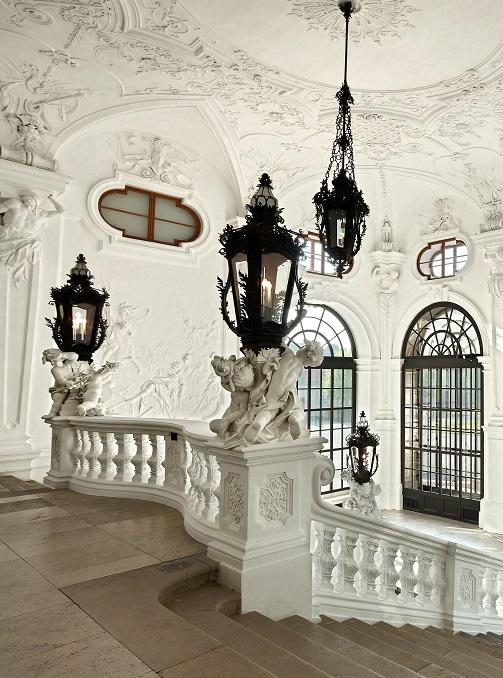
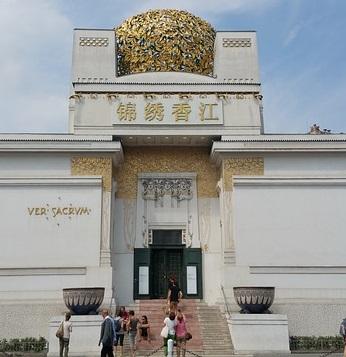
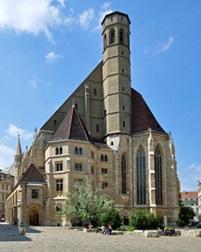
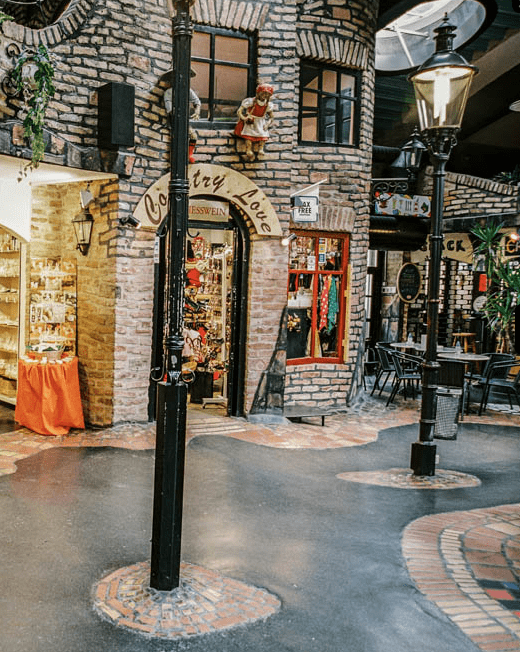
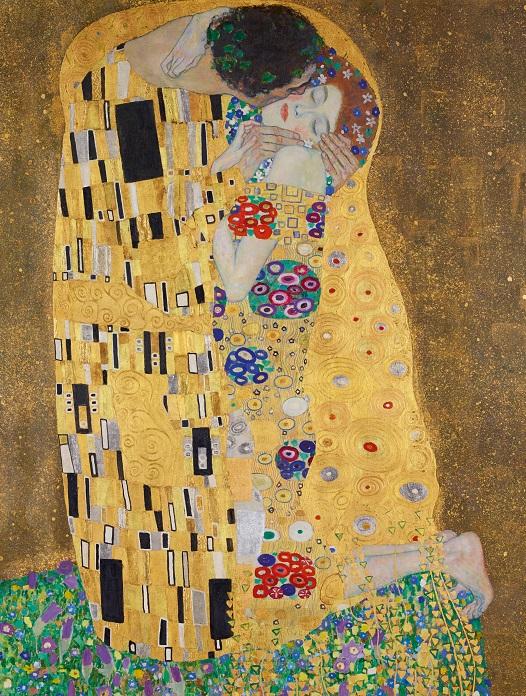
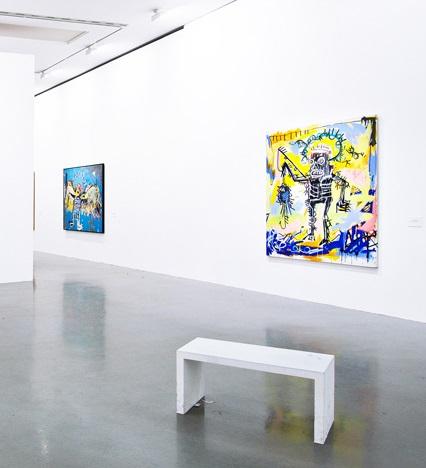
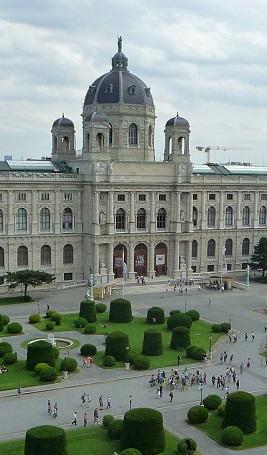
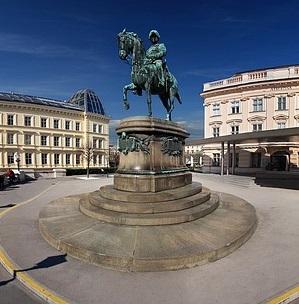
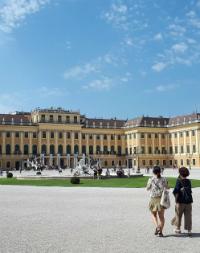
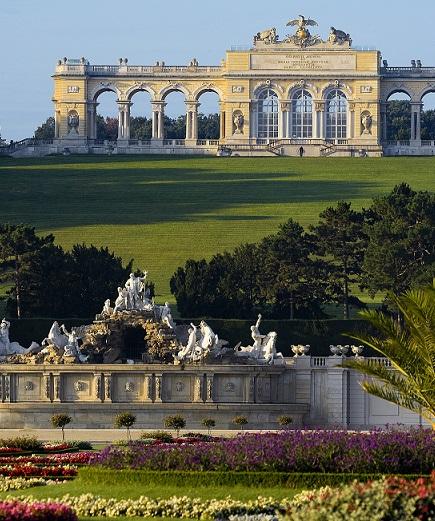
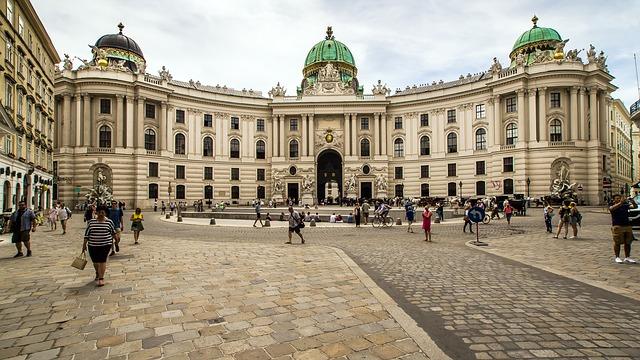
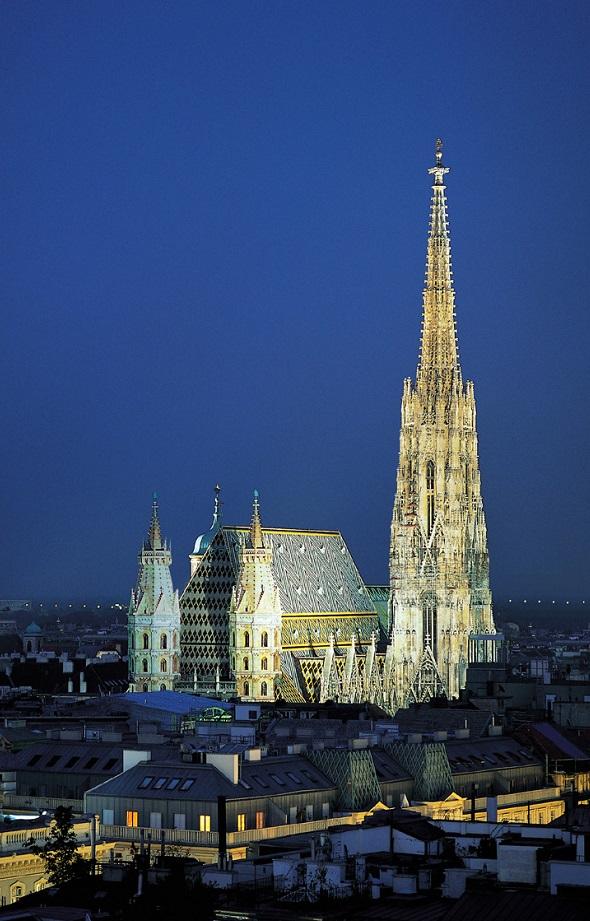
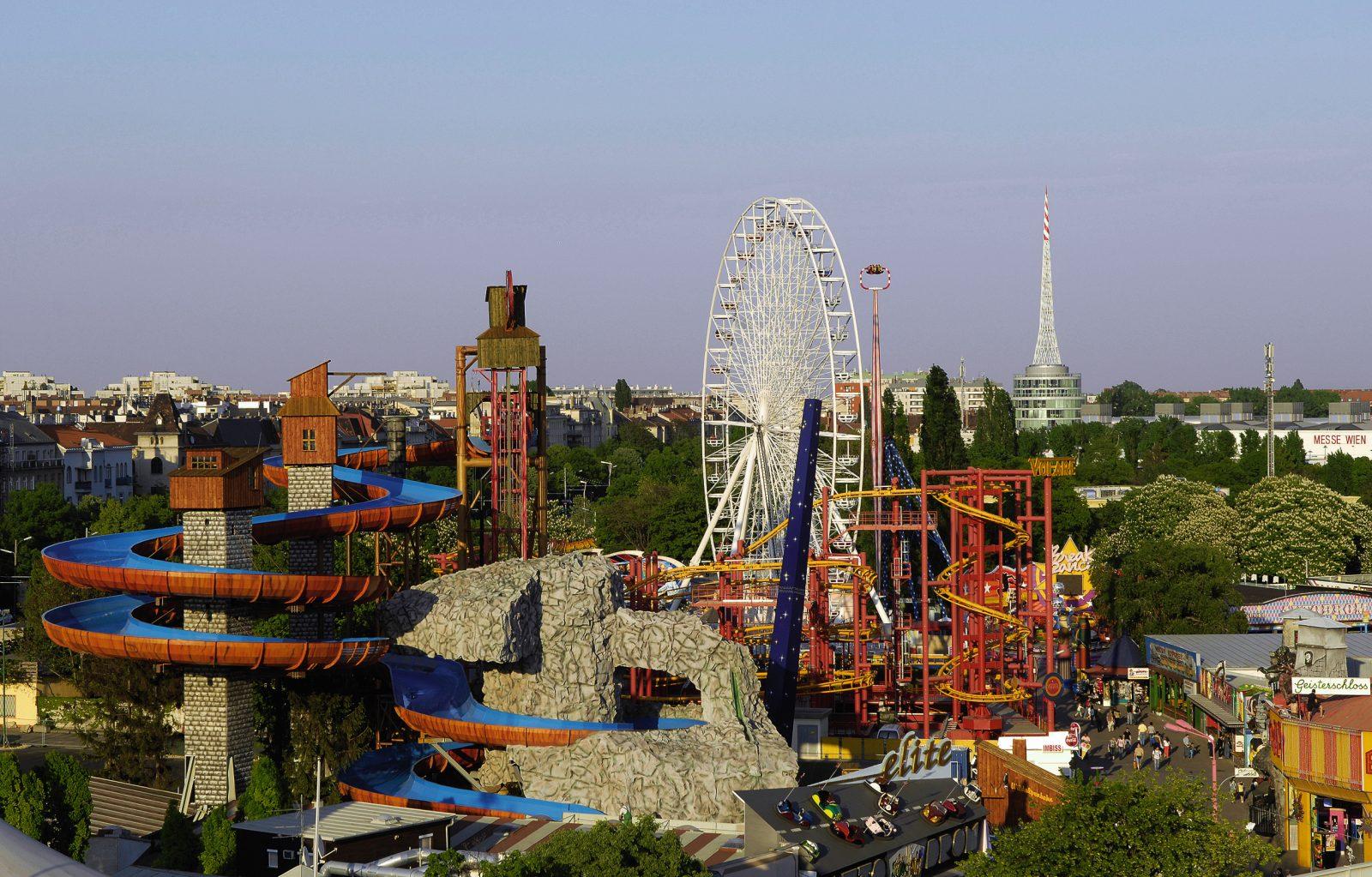
Typical accommodation
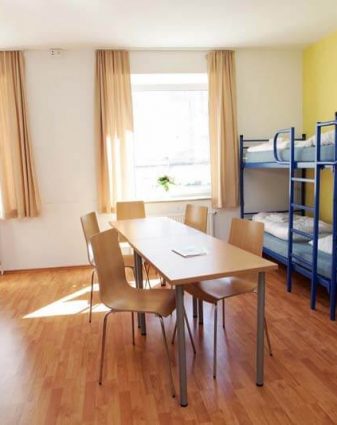
Why groups like it:
Facilities:
Learning outcomes
Subject focus
Students can:
- See a wide range of art in some of the most important art museums in Europe
- Learn about the historical and cultural context of inspirational artworks
- Find inspiration for their own work
- Explore and evaluate how issues such as presentation were addressed in some famous works
- See artistic influence in architecture at Hundertwasser Village
- Explore the concept of art and its wider context at the Secession
Student outcomes
Students will have had an opportunity to:
- View a wide range of inspiring presentations and media
- Develop an understanding of the inspirations and techniques behind the work and assess the critical reactions of the time
- Encounter a range of influences to inform their own work


